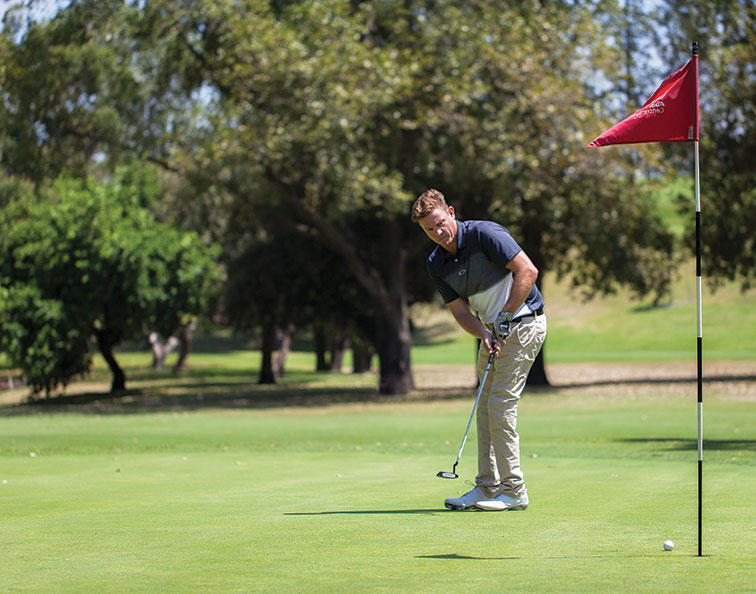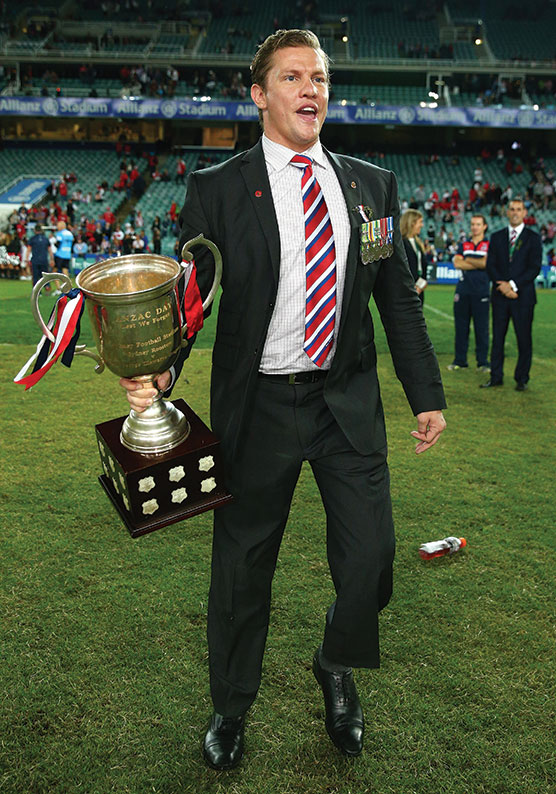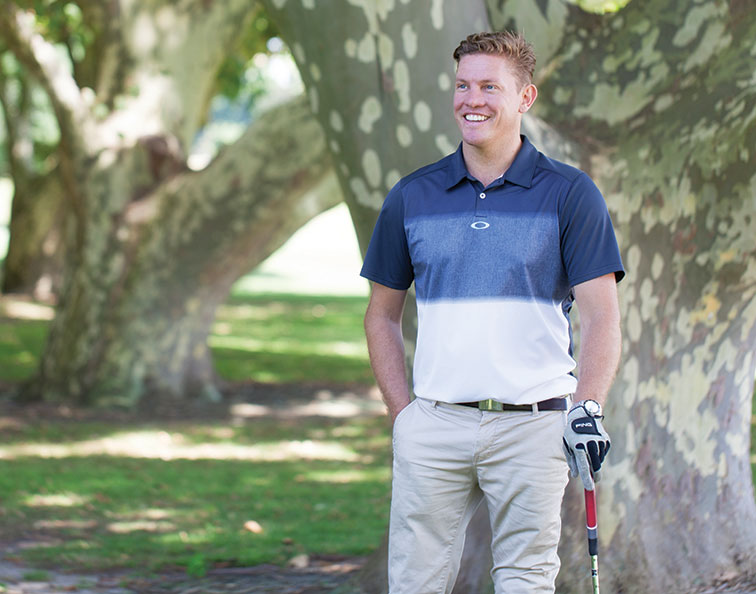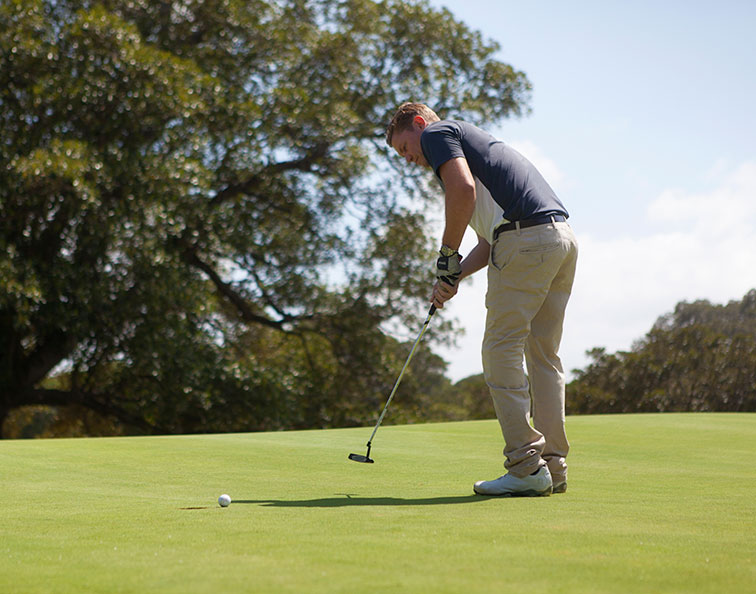By Evin Priest
We were nearly saying Lest We Forget about Damien Thomlinson.
Every year, on April 25, the former Special Forces commando is reminded how close he came to being on the receiving end of the iconic remembrance phrase.
Not that he needs a calendar – a glance down at two prosthetic legs is a living memorandum that a Digger doesn’t have to die to pay the ultimate price.
For this time seven years ago, he was all but dead. Thomlinson himself admits he should have been killed that night in Afghanistan.
It was April 2009, and Thomlinson’s 2nd Commando Regiment was performing a Direct Action Task, moving into an overwatch position with a group of snipers to cover another platoon. Thomlinson was in the patrol’s fateful fifth vehicle, which drove over a Taliban bomb and took the full force of an improvised explosive device, or ‘IED’.
The explosion severed his right leg above the knee. His left leg was mangled “really badly” and his right arm was broken in two spots – at the forearm and upper arm. His right elbow was hanging out of its socket and two bones in the right hand were broken. His left arm was “facing the wrong way” and his nose was almost ripped off his face.
So dire was his situation, one of Thomlinson’s comrades wished his farewells to the New South Wales Central Coast native.
“One of the boys just tapped me and said ‘goodbye mate.’ They thought I was done,” recalls Thomlinson.
Some 56 minutes passed between the emergency call and the near-fatally wounded Thomlinson being airlifted by an army helicopter. It remains the most important 56 minutes of his life.
“For (the regiment) to be able to save me was, like, a five or 10 per cent chance of survival,” says Thomlinson. “So to pull it off at 11.30pm at night was just phenomenal – I still haven’t found words to describe how good a job that was.
“There’s really no reason I should have made it, but some amazing people stepped up at the right time and executed crucial tasks under life-or-death pressure.”
Minutes after telling Australian Golf Digest about the life-changing explosion, Thomlinson pulls out his driver on the 17th tee at Sydney’s Macquarie Links and hits a bomb of his own: a powerful fade up the middle of the fairway. For his second shot on that intimidating par-5, a flushed 3-wood carries just over the back of the green.
The 34-year-old turns around and says, “It was a pretty heavy situation, but we still got the guy we’d been chasing for like a week or so.
“It’s always good when you get the objective secure.”
Damien Thomlinson is not your average human being – or golfer.

When The War Began
Thomlinson plays off a 20-handicap and is an ambassador at Magenta Shores – a stunning, oceanside Ross Watson design on the NSW Central Coast. It’s difficult to describe how impressive it is for someone just to play golf after the extraordinary recovery process he endured.
“To say it was like being hit by a bus would be a massive understatement,” says Thomlinson, detailing how he first came to after the explosion.
“The first few weeks were pretty hazy; I was on a lot of pain relief for severe nerve damage. I was in Germany for the first 10 days, then back to Sydney so I could recover at North Shore Private Hospital.”
The damage to his body was so severe that medical experts would constantly try to ascertain how he survived.
Doctors came to the conclusion the explosion likely seared his femoral artery shut, stopping the bleeding long enough for him to get to hospital.
The recovery was both a mental and physical war of attrition. Physical, because both legs were amputated and parts of his torso were severely wounded. Mental, because he was no longer a livewire Commando in an elite group tasked with the most physically demanding, mentally challenging and dangerous roles in the armed forces. He had to accept, and adjust to, a far more sedentary lifestyle.
So which was more difficult? The external physical battle or the internal intellectual struggle? Take your pick, says Thomlinson.
“You’d get angry over some things not going the way you wanted them to. It’s a small victories thing – one day you would say, ‘ I’m going to walk this far’ and some days you’d hit it and others you wouldn’t.
“But I’ve got a great family, great friends and people who supported me.”

And with so much change forced upon Thomlinson, it was golf that provided solace in a turbulent time. He talks passionately when speaking about how the game made him feel he was the same person.
“Golf helped me, definitely – mainly my relationship with my parents and letting them know I was okay,” he says.
“Then I noticed it was improving my physical condition and flexibility. Just being out on a course doing something you really love and then being able to see yourself improve at it was so satisfying.”
As an athlete, Thomlinson admits wheelchair sports just weren’t for him.
“I didn’t want to play wheelchair sports – I grew up playing cricket and golf with my parents,” he says. “Golf was staying true to me. Golf really reinforced I was the same person.”

Winning The Battle
Thomlinson’s motivation to get through intense rehabilitation accentuated his inner athlete. It appealed to his innate warrior and fierce competitor.
“I’m a really stubborn person, you know,” he says. “I love winning and I hate losing so badly. I saw it as one of those battles – if I was to sit back and be content riding in a wheelchair, then I’ve let whoever buried that bomb win, or I’ve let evil triumph. I refused to let that happen.”
After the most gruelling aspects of the recovery were finished, it was time for Thomlinson to do what the defence force recruited him to – deal with extraordinary tasks. He threw himself into challenges an able-bodied person would struggle with – he featured in the TARGA Tasmania classic car rally to raise money for charity, and even walked the 96-kilometre Kokoda Track.
The brutal trek through Papua New Guinea was to remember his friend, Private Scott Palmer, who was tragically killed in a helicopter crash one week before a return home to Australia. Thomlinson walked with Private Palmer’s father to honour his son’s memory.
Raised as a surfer in Terrigal on the Central Coast, Thomlinson also took up snowboarding during rehab and in 2011 competed with four other ADF members in the US Marine Corps Paralympic Trials.

Lights, Camera, Action
Golf and extreme sports aside, acting is now Thomlinson’s passion. And only a few years after studying the art at a college in Sydney, he has found himself in a Mel Gibson film, Hacksaw Ridge. The war epic was partially filmed in Sydney and is due for release at the end of this year.
The story follows World War II American army medic Desmond T. Doss – who served during the Battle of Okinawa – and details his refusal to kill enemy soldiers. Doss became the first Conscientious Objector in American history (there were only three in total) to be awarded the Congressional Medal of Honor.
After being recommended by his acting teacher for the role of Ralph Morgan in Hacksaw Ridge, Thomlinson impressed Gibson at a reading and landed the opportunity to work with Hollywood stars Vince Vaughn, Andrew Garfield and Hugo Weaving, as well as a long list of local talent.
“I was so excited when I got the news,” says Thomlinson. “It was mind-blowing to have an Oscar-winning director and cinema legend like Mel Gibson put you in the role. But it happened so fast; only three weeks later I was on set acting with Vince Vaughn – who I’ve always looked up to – and Andrew Garfield and some amazing Aussie actors. I had to pinch myself.”

A New Life
One thing Thomlinson – whose grandfather served in World War II – has never struggled with is the fact he lost his legs while serving his country.
“I think it’s a privilege; to get to serve that purpose. I had the physical and mental attributes to do be an elite Commando. It was the dream job,” he says.
“You always know there’s a risk involved with such an extremely dangerous job. I’m proud of it. I get to watch people in Australia have fun knowing a small part of what my unit did allowed them that freedom. Australians are extremely patriotic people and they make us feel appreciated.
“But no one does it for medals or recognition; it’s about that guy next to you. The mentality is like family.”
Looking ahead to 2016, Thomlinson’s focus is to try and get his handicap under 15. He knows he can’t change the events of 2009, nor can he do anything about a bad break from a good golf shot. But Thomlinson relishes the opportunity to pick his battles, and golf provides that during every round.
“Golf, more than any other sport, mimics life. I love that accountability,” he says.
“There’s that famous saying: you need the serenity to accept the things you cannot change, the courage to change the ones you can and the wisdom to know the difference.”
And later this month, Australians will be reciting another renowned piece of literature – the fourth stanza of Laurence Binyon’s poem For The Fallen, known as ‘The Ode’.
The third stanza, however, applies to Diggers who returned home physically and mentally wounded:
They went with songs to the battle,
they were young, Straight of limb,
true of eyes, steady and aglow.
He is now living in the beachside Sydney suburb of Coogee. He has a fiancé and is a corporate speaker, actor and para-snowboarder. While he may have some injuries, it’s safe to say Damien Thomlinson won this war.
